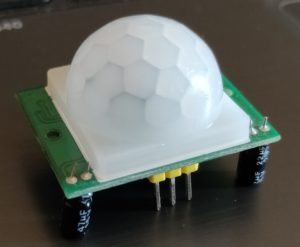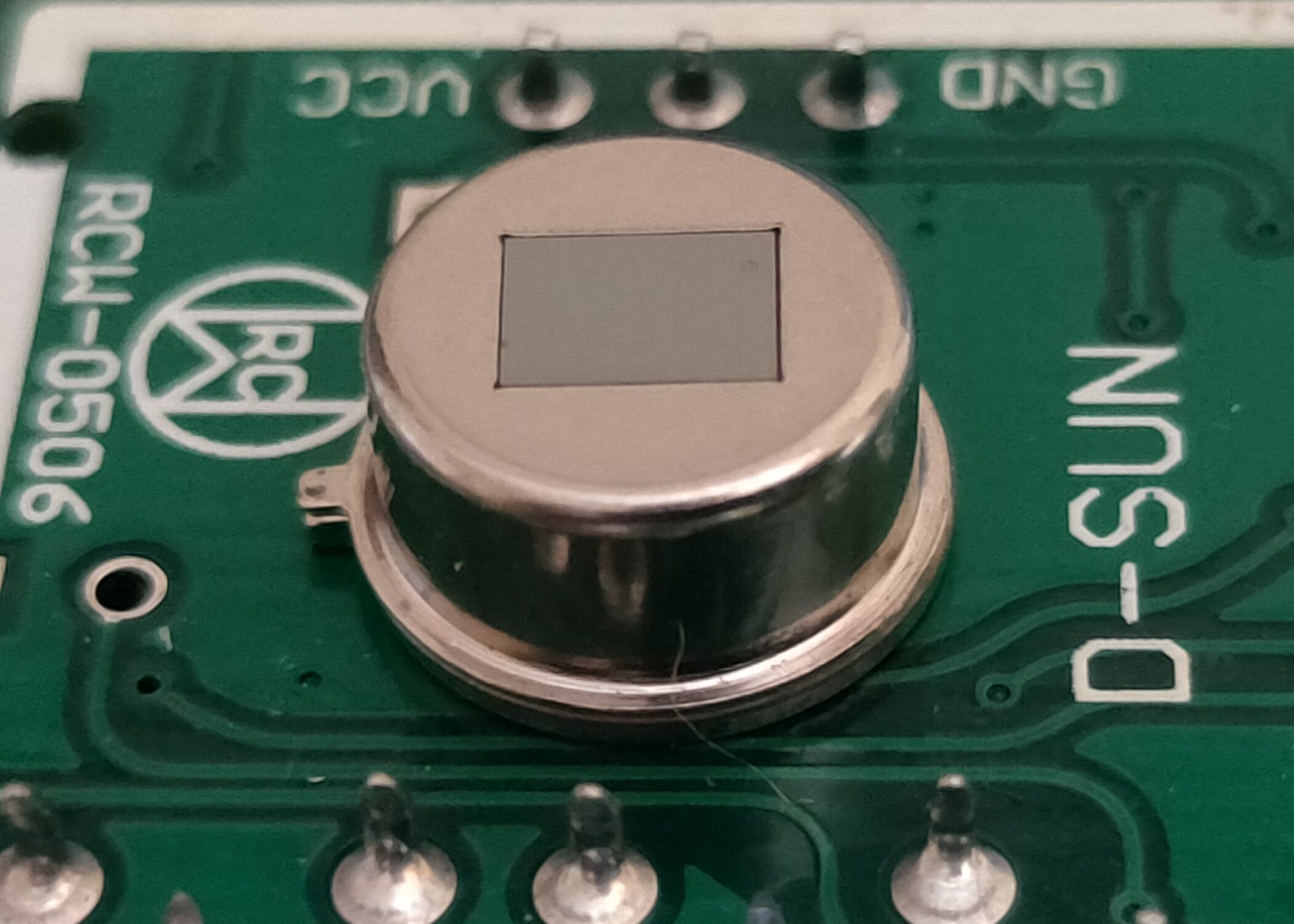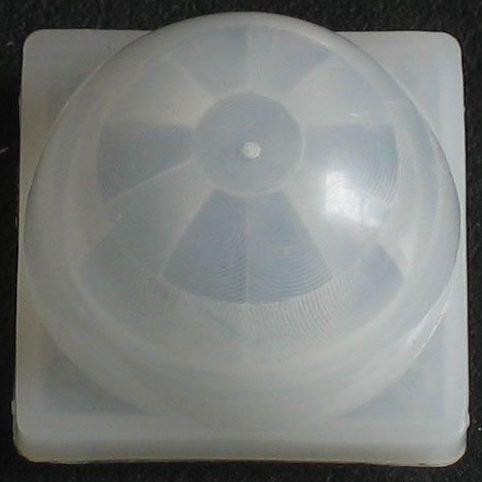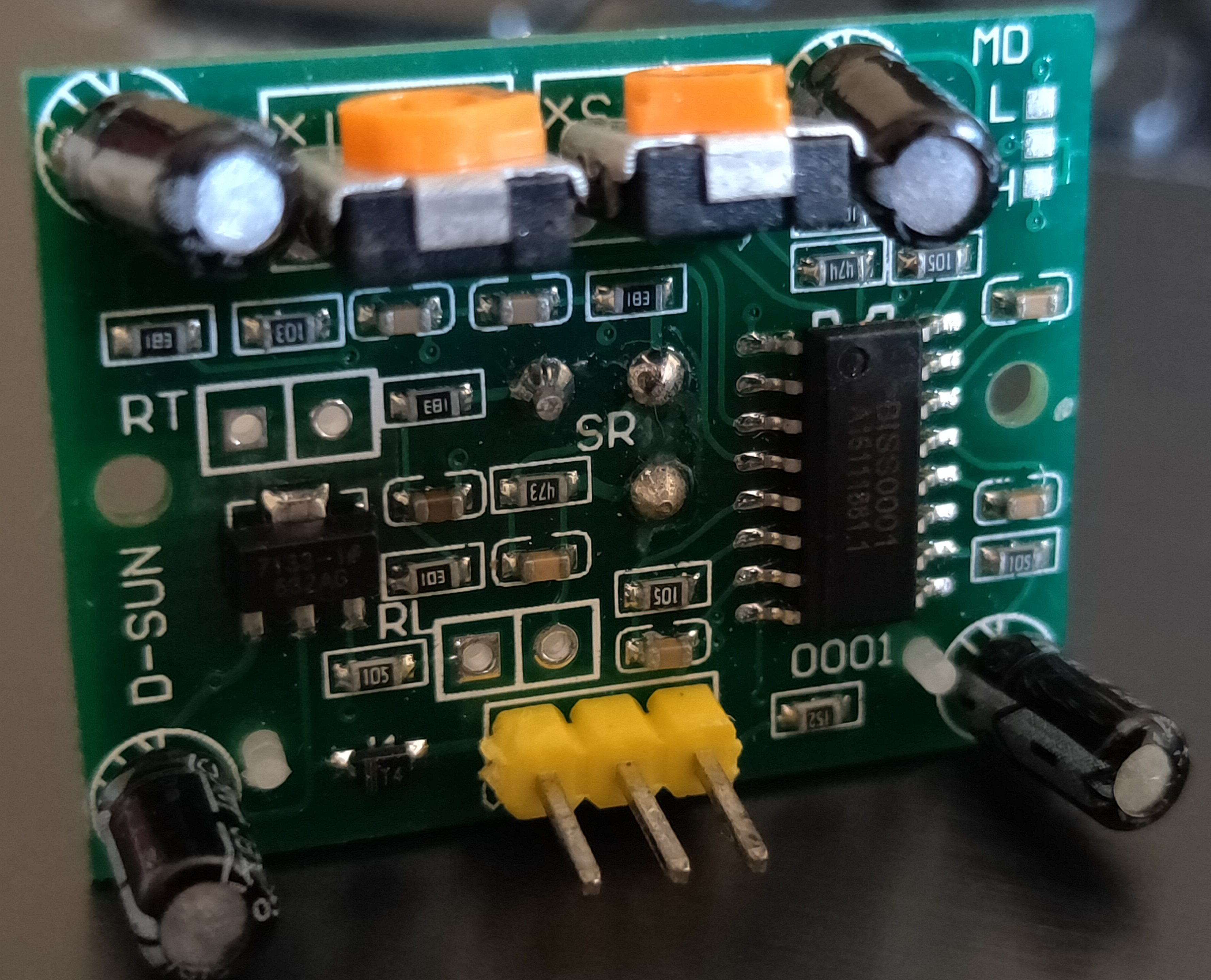What is PIR sensor?
A PIR is a Passive Infra Red sensor. This sensor helps us to identify motion of an object mainly a human being. This is a electronic sensor which works based on the variation of light across some distance. As an output it provides a small electrical signal.
This sensor can detect infrared signals which are being emitted from humans or animals in case they are with in the range of this sensor.
PIR is an electronic sensor which detects the changes in the infrared light across certain distance and gives out an electrical signal at its output in response to a detected IR signal. It can detect any infrared emitting object such as human beings or animals if it is the range of the sensor, or moves away from the range, or moves within the range of the sensor.
In the front of the sensor it has a small window like structure which is mounted with silicon. This silicon film protects the sensing elements. Behind this a dual element sensor is placed.
The above picture is only the sensor. To use this sensor it is required to be interfaced with a circuit which makes a complete module.
Construction
A PIR sensor module is combination of a infrared sensor and the processing unit. The infrared sensor is mounted with a facet. This facet contains multiple lens. These lenses are known as fresnel lens. This is white in color and in semi-circular shape.
This sensor is actually sealed inside a metal can. It is sealed to protect the sensor from external noise, extreme temperature and humidity. These parameters can disturb the sensing capacity of the sensor.
The sensor is actually a JFET interfaced with IC BISS0001. This IC is designed for PIR sensor controller. It also contains two potentiometer for adjusting range and time delay. This has a range between 5m to 12m. The Pir sensor module contains 3 pins (Power, Signal and Ground). Most of the PIR sensor works on 5V.
This is a economical sensor with good feature that has a wide lens range. Also this is simple to interface with arduino, ESP8266 and other development boards and projects.
How PIR sensor works?
At the point when a human body or any creature passes by, at that point it blocks the primary opening of the PIR sensor. This causes a positive differential change between the two bisects. When a human body leaves the detecting area, the sensor produces a negative differential change between the two signals.
The movement can be distinguished by checking for a high signal on a I/O pin. Initially when the sensor starts up the output signal will stay low until there is movement. Once movement is detected the output signal will be high for two or three seconds and then it will be low. Till the time the movement continues the output signal will be high.
PIR sensor needs some warm-up time when it is switched on. The warm up time could be between 15 – 50 seconds.
Applications of PIR Sensors
Below are some list of application of PIR sensor
- Lights in offices
- Outdoor Lights
- Shopping Malls
- Security Lights
- Corridors
- Staircases
- In Basement
- Parking Area
- For garden Lamps
Project
There are any projects available. You can build this simple project to understand the concept of PIR sensor.
Conclusion
This sensor is economic and can be used in multiple projects. It is easy to interface and requires less components. It has good accuracy and range to detect moving objects.
Do comment below on which project you will be using this sensor.





